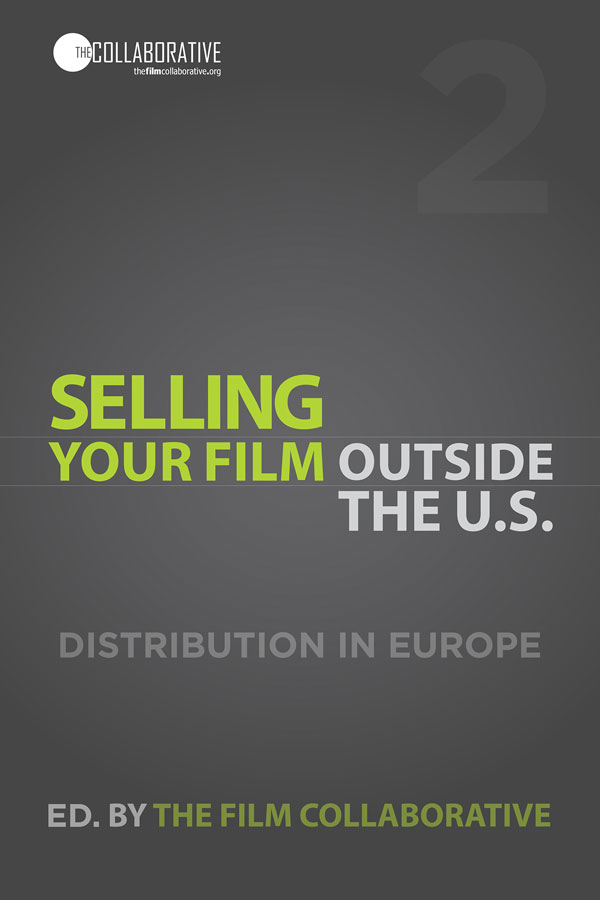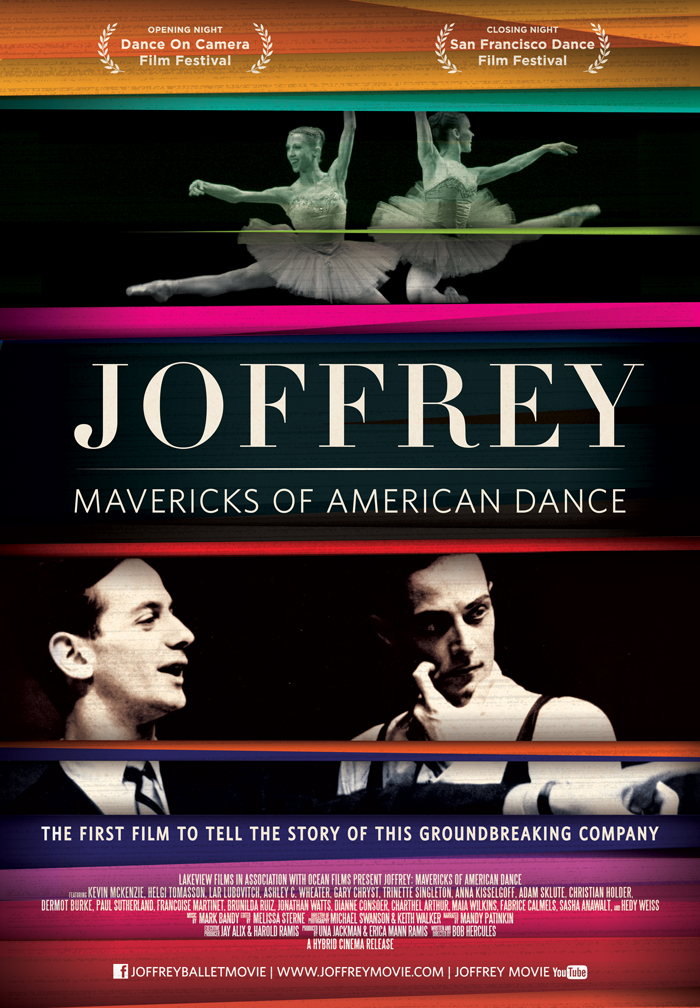New Selling Your Film Book Released– and it’s FREE

I’m really excited about this brand new book, Selling Your Film Outside the U.S. (click here to download the book for free) that I wrote with Sheri Candler, The Film Collaborative co-executive directors Orly Ravid and Jeffrey Winter and Wendy Bernfeld, managing director of the European content curation and licensing company Rights Stuff BV edited […]
Keys to a Successful Film Launch Pt 1
Keys to a Successful Film Launch Pt 1 By Jon Reiss and Sheri Candler For the past six months, my company, Hybrid Cinema, has been working on the release of Bob Hercules’s new documentary film Joffrey: Mavericks of American Dance,about the history of the Joffrey ballet. This is a capsule post to explain the highlights of launching […]
An Innovative Launch for Joffrey: Mavericks of American Dance

An Innovative Launch for Joffrey: Mavericks of American Dance By Jon Reiss For the past four months, my company Hybrid Cinema has been working on the release of the new film Joffrey: Mavericks of American Dance directed by Bob Hercules about the history of the Joffrey ballet. I will be writing a number of posts […]
Some Basic Principles of Film Distribution and Marketing for Independents
Distribution and marketing of a film should start as early as possible – and be integrated into the filmmaking process as much as possible. Doing this will benefit the film and make the release more successful and make your life easier.
NEW BOOK LAUNCH! AND IT’S FREE!
I am super excited to announce the publication of a new book written by myself, Sheri Candler and The Film Collaborative titled Selling Your Film Without Selling Your Soul! I am also super excited to tell you that you can download the PDFor ePub version for free or by tomorrow you can order the paperback […]
Books, Books and More Books
This morning at midnight another book that I am participating in, The Modern MovieMaking Movement launched for free on the web. All you need to get your own copie is to click on the link above. My chapter is on the PMD and the New 50/50. I am in very good company as the other […]
Report from the UK: The PMD, Digital Rights and Booking Theatrical in the UK
I’m back now from my trip to the UK – workshop and consulting at the Edinburgh Film Festival as well as a workshop at the London Film School. What I love about travelling and doing these workshops is meeting people who are really helping change the lives of filmmakers, creating tools and resources to help […]
Heading to the UK Next Week and Upcoming Releases
The first segment of the IFP Filmmaker Labs were very fun and exciting this year. A great group of docs and narrative. Next week I will be in the UK. First doing a one day TOTBO workshop at the Edinburgh Film Festival on June 22nd then I’ll be doing a Keynote for Short Sighted presented […]
Back to Writing – 3 More Books
I have embarked on writing again and have two new books in the works and one more on the horizon. First off, I am writing a book on the Producer of Marketing and Distribution or PMD.
PMDs In Action
As you know, Sheri Candler, and I have been reaching out to working Producer’s of Marketing and Distribution (PMDs) and a few have contacted me with some festival and awards news: Stephen Dypiangco who is currently working as a PMD on “How to Live Forever” by Mark Wexler is also working as a PMD on a […]